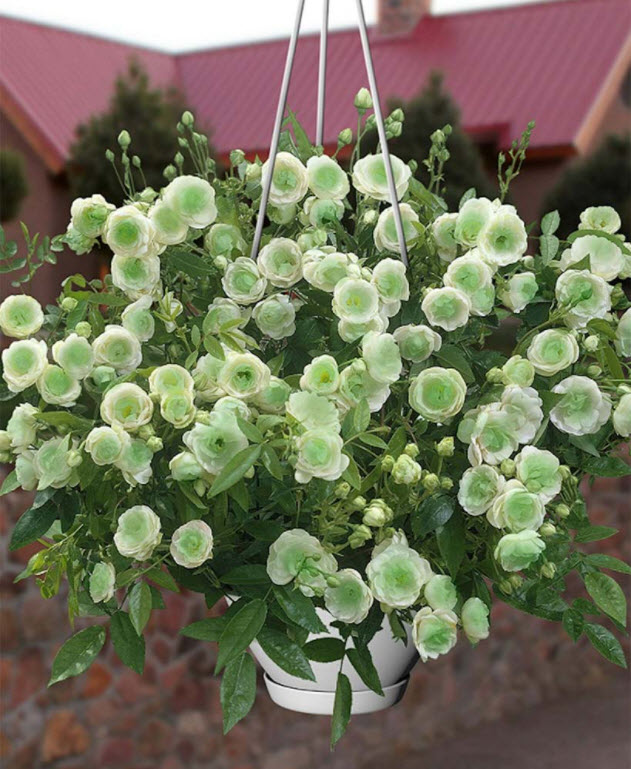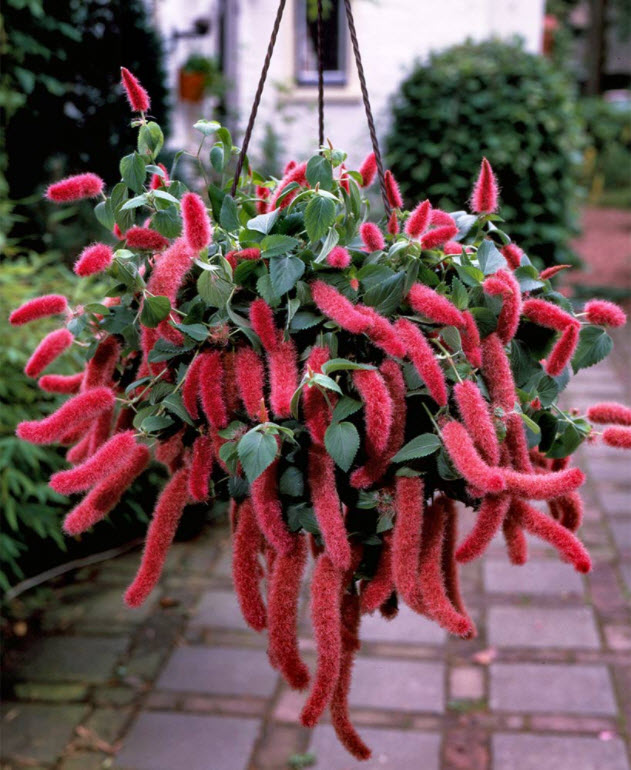Gardening Hacks: How To Care For Hanging Plants
Hanging plants are a great way to add some beautiful colors to both your outdoor and indoor space. They’re good for taking up vertical space in a small yard and can sometimes be easier to maintain than flowers and plants in the ground. There are many different types of hanging planters you can use such as baskets, ceramic pots, bowl shaped planters, and much more. Once you choose a planter, along with a type of flower or plant, it’s important to keep up with the care and maintenance of your hanging plant. Luckily, caring for hanging plants just require some simple steps that anyone can do. From watering and fertilizing to plant rotation and more, here are some tips on how to care for hanging plants.
Water Your Hanging Plants Often
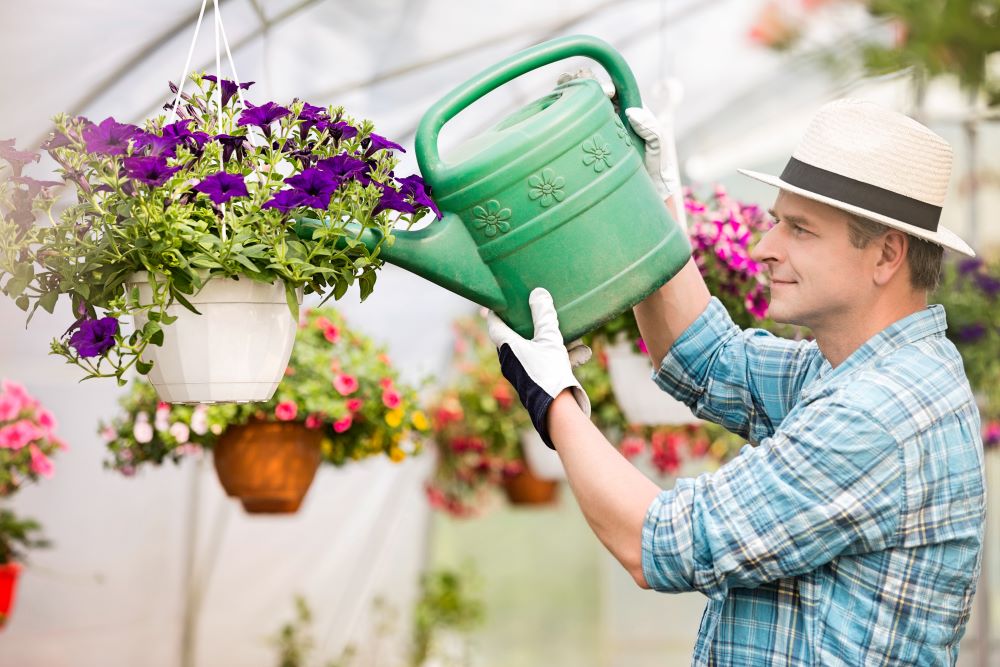
Watering is necessary for any flower and plant care, but it’s especially crucial for hanging plants. This is because they are prone to drying out from the wind, which means that they need to be watered more often than you may realize. Developing a regular watering routine for these plants will help you keep them as healthy and flourishing as possible.
You’ll most likely need to water your hanging plants almost every single day. There are a couple ways to check if the plants need water:
- The first way to check is to lift the hanging planter from below. If it feels fairly light, it most likely needs some water. A fully watered plant will feel a little bit heavier to lift.
- The second way to check is to feel the soil. If it feels dry about one inch into the soil, it’s time to water.
Make sure to water them with a watering can to get the best control. Water the plants until water starts dripping out of the drainage holes. This helps to prevent overwatering or underwatering. Consistently check all your hanging plants on a daily basis so they don’t dry out. Taking care of them with a sufficient amount of water is one of the main care tips that should be prioritized.
Use Fertilizer For Healthy Hanging Plants
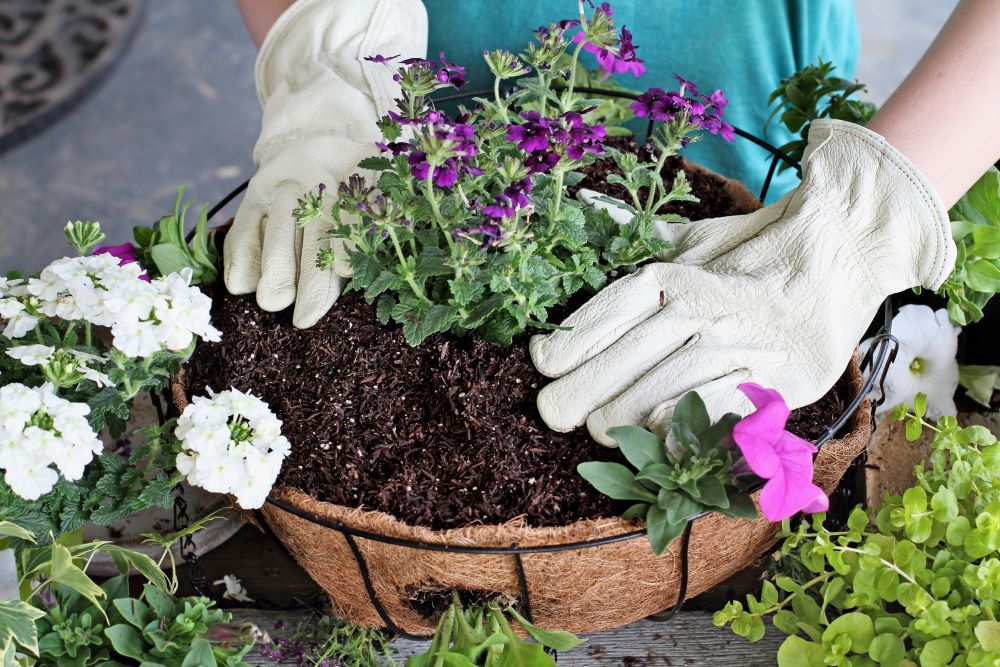
One of the only downsides to having to water your hanging plants so often is that nutrients will be washed away quickly. Luckily, there’s a solution to this: fertilizer. This can help the plant maintain all necessary nutrients to stay strong and healthy. Regularly fertilizing your hanging plants is an important step that shouldn’t be skipped.
Be sure to only add fertilizer when the plants are moist; never add it when the plants are wilting. You can use either a liquid fertilizer or a slow release fertilizer. Liquid fertilizers are a more quick release and quick acting fertilizer. Use liquid if you notice your plants need some quick help. On the other hand, slow release fertilizers gradually release nutrients into the soil over a period of time. This type of fertilizer can be good for planning ahead.
Always follow the specific directions on the fertilizer you use. You should also remember that certain types of plants and flowers may require certain types of fertilizers. Take the time to learn about the types of flowers you’re using in your hanging plants to determine the most quality care with proper fertilizer use. A little research goes a long way for maintaining a healthy and flourishing garden space.
Remove Dead Flowers & Replace Plants As Needed
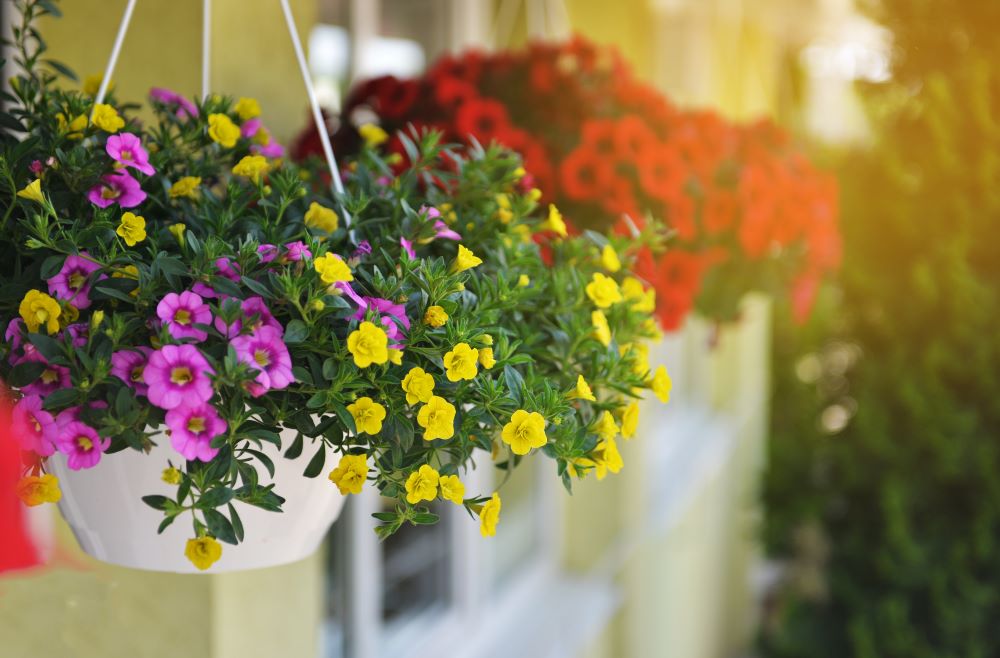
Regularly checking in on your plants can help you see areas of improvement or areas where you need to take action. Understanding what to look for and what steps to take can help you properly maintain your hanging plants and save yourself the time and hassle of a dying plant later on.
One care step you should do regularly is remove any dead flowers. This will help improve the health of your plant by encouraging new growth. Remove them carefully – pinch them gently and remove them where they meet the stem. This process will then stimulate new flower growth on the stem. If you don’t do this, the plant will use its energy to create new seeds instead.
Another regular care step to consider is replacing plants as needed. Once a plant has fully bloomed, you can easily remove it from the planter and put a new one in its place. This is a great way to keep your planters looking full and fresh. You can alternatively fill in the space with more soil, allowing the other flowers in the planter to fill in the empty gap. Just pay consistent attention to the blooming status of your plants to keep them looking their best. If you do this along with these other outdoor maintenance tips, you’ll be good to go for spring!
Rotate Your Hanging Planters When Needed
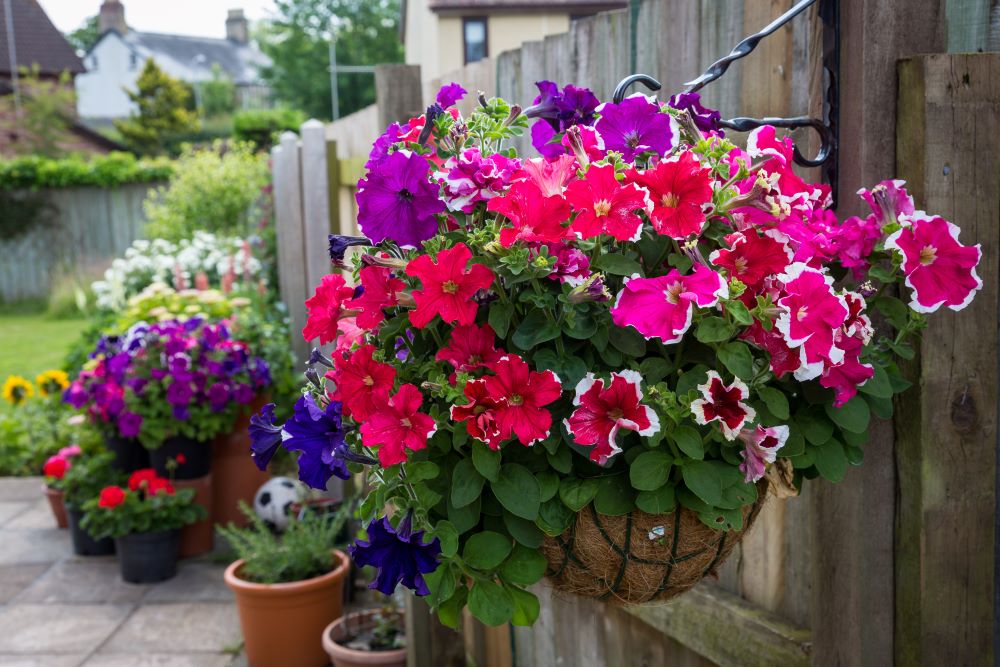
If you have multiple hanging plants in your outdoor space, you should consider rotating their spot in the yard based on how well each of them are blooming and growing. Giving each of your hanging plants equal amounts of care and consistency will help you keep them all healthy without any hassle or frustrations.
Take note of the amount of sunlight each plant is getting. If you notice that some plants reside in a more shaded area, you may want to shift them over to an area that receives more sunlight. Remember that the sunlight may also shift throughout the spring and summer season, so watch out for the sun’s position to keep your plants healthy and thriving.
You should also compare the growth of each of your hanging plants to see which ones are doing the best. Sometimes it might help to swap them around to see if some of your slower growing plants will do better in the areas your flourishing plants are hanging. It’s all trial and error; play around with the location and spacing of your hanging plants to see what works best for you.
How To Care For Hanging Plants: Bonus Tips
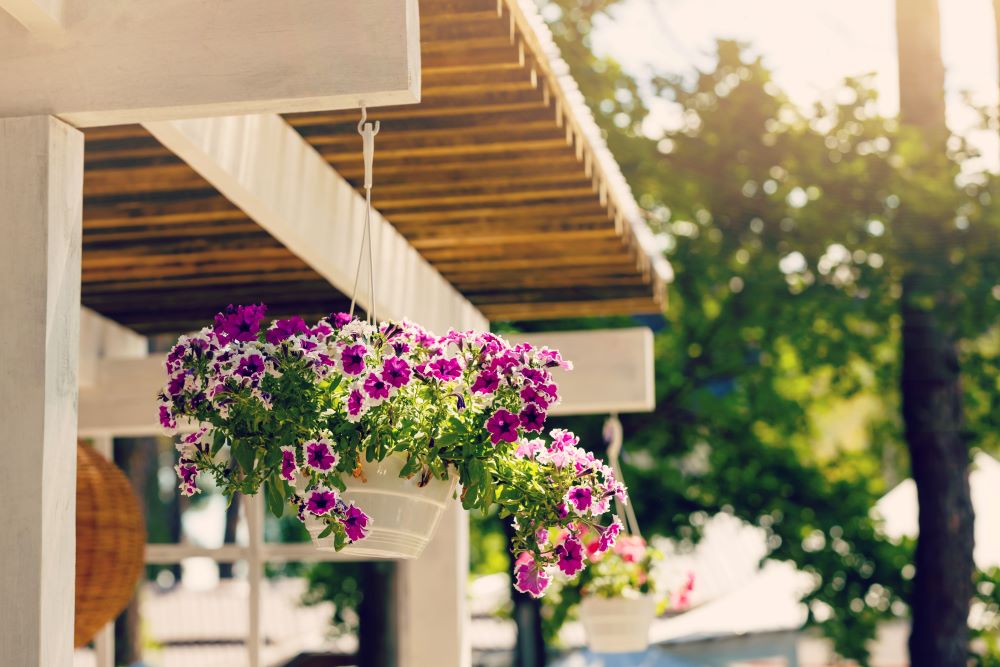
- Consider the weight of your hanging plant. Make sure the structure you’re hanging it from can safely hold the weight before you install a hook. The type of soil you choose can also make a difference with the weight. If you need a lighter planter, consider a lighter soil that drains water quicker. In this case, you will need to water the plant more often.
- If your flowers start hanging over the side of your planters too much, you’ll want to start trimming them to maintain their health and appearance. Trimming some flowers off the side may feel like you’re taking away the beauty; however, it’s worth it for a long-term healthy plant.
- Make sure to only plant the types of flowers and plants you understand how to care for. Taking the time to know the specific care steps for your flowers will help you easily stay on top of maintenance.
- Remember that bigger planters are typically easier to maintain than small planters. This is because smaller planters dry out much faster and require even more frequent watering.
Lakeside’s Featured Hanging Plants
The Lakeside Collection has a great selection of live plants and flowers to fit your gardening needs! Lakeside’s hanging basket plants make it easier for you to start your garden. Instead of having to choose a plant and container separately, Lakeside makes it easier for you by including both for one affordable price. Check out Lakeside’s top two featured hanging plants to transform your outdoor space this spring and summer season.
Now that you’ve learned how to care for hanging plants, visit our Garden Plants & Flowers section! Find live flowers and plants for both hanging planters and in ground gardening along with succulents, houseplants, and much more!


